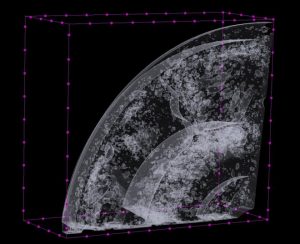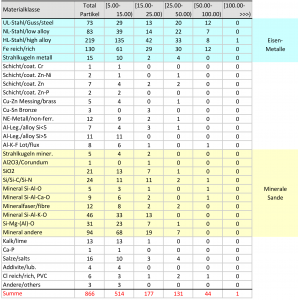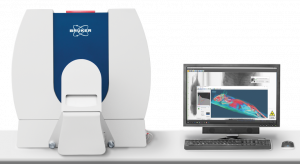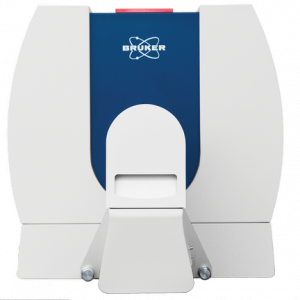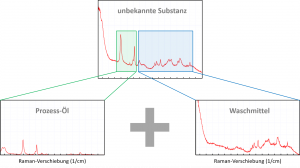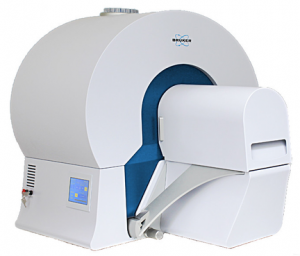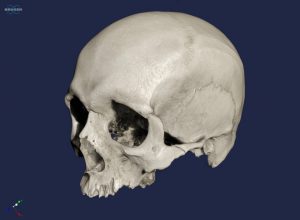
A Glance into the Interior of Unique Samples Provided by X-Ray Microtomography
The discovery of a mummy or unique artifacts from human history is a sensation because they form part of the cultural heritage. However, for many investigations it is necessary to damage the object, for example in the form of taking a sample, and the preservation of the find for science is no longer guaranteed. For several years now, researchers have had access to a method called X-ray microtomography that enables non-destructive investigations.


